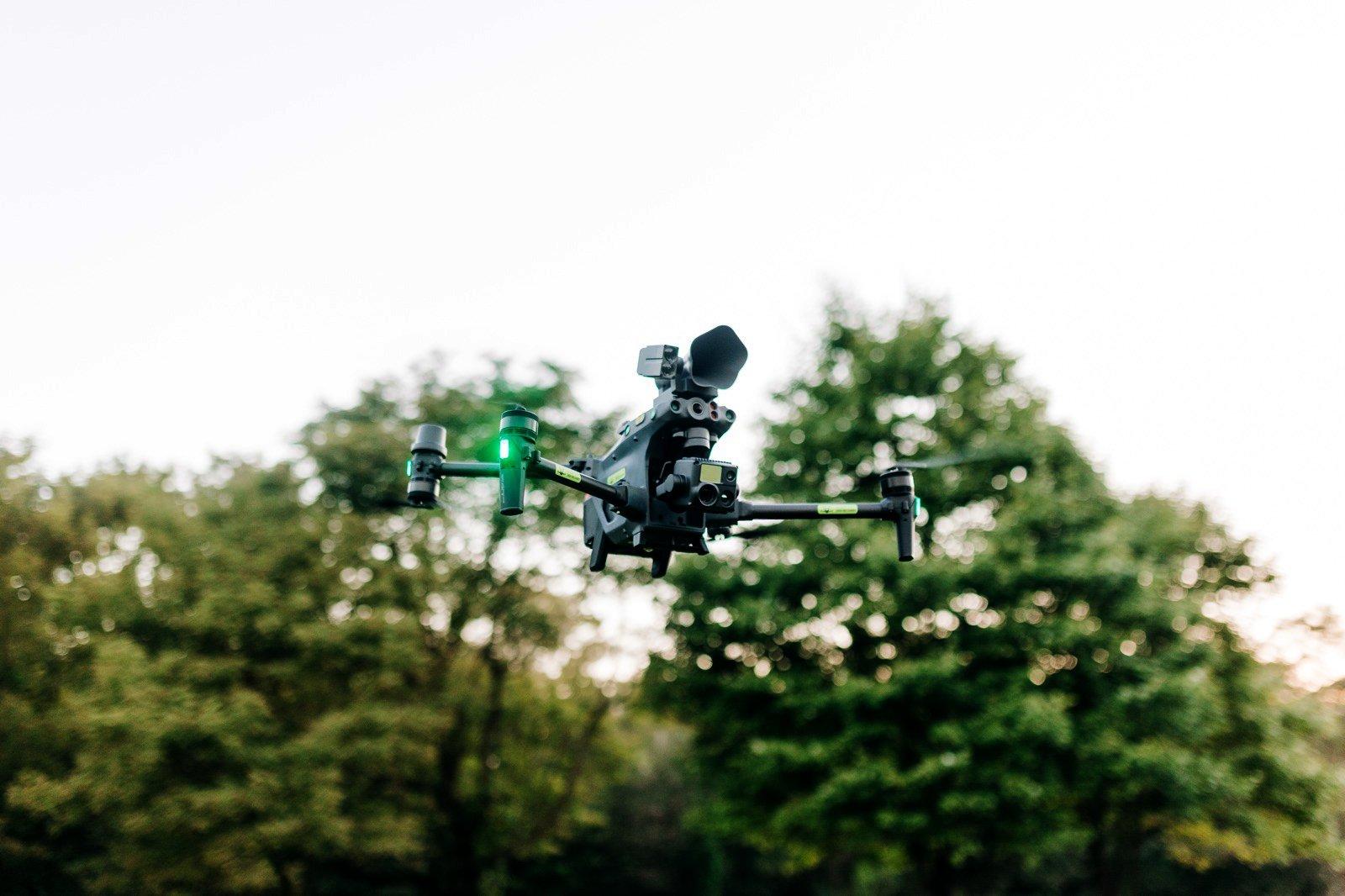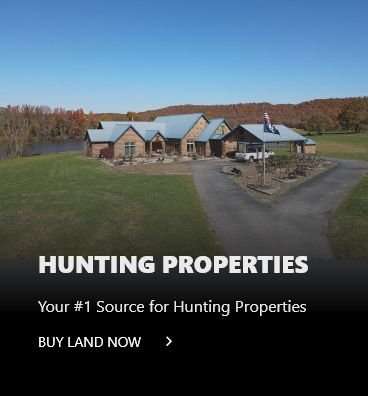You’ve hit a buck that you can’t find. Should you call a dog, or a drone pilot with thermal imaging?

Using drones to recover dead deer is a brand new concept. Currently, it faces “gray laws,” as most new technologies in the outdoor space do. Image by Drone Deer Recovery
If you’ve shot a deer that you can’t find, many would call a tracking dog. But there may be other options. Ohio native Mike Yoder created Drone Deer Recovery. But what is that, exactly?
“We use thermal imaging drones to locate the body heat of a carcass,” Yoder said. “If you hit a deer, and you can’t find it, and you call us within time, we will come out and use the thermal imaging to find the heat. We use a 200x zoom camera at 400 feet to zoom in and see if that’s the deer you hit, or not. The hunter identifies the deer we are looking at.”
Dogs vs. Drones
Most hunters will ask, why not just use a dog, or round up a bunch of buddies? Certainly, dogs can be an asset. And so are good friends. But are drones more effective at finding dead deer?
According to Yoder, Drone Deer Recovery clients often prefer drones because you don’t have to bust out other deer in the process. “Am I finding more deer than the dog?” he asked. “There’s a chance I am. I’d say the recovery rate is higher.”
Last year, Yoder himself completed approximately 110 recovery efforts. According to him, only two were unsuccessful. Of these confirmed failures, where the deer died and Yoder couldn’t find them, both were later found in the search area.
Who Needs a Drone?
The first step in deciding whether to call a drone pilot, or not, is studying legalities. Yoder admits that not every state permits it, and most have what he calls, “gray laws.”
“When I speak on this, I’m not giving legal advice, but almost every state has gray laws,” Yoder said. “They say you can’t use drones for hunting. We understand that. We don’t use these for hunting. But some states say the process of taking the carcass (that’s dead) is part of the hunt. It’s vague. But, what’s the definition of hunting? If you go back to what we do, we have no interest in pursuing a whitetail or other animal. We’re just there to recover a carcass. So, every state has an opinion whether it’s legal or not, and states will say it isn’t legal. But, according to our attorneys, this is not a form of hunting.”
Yet some states are making it especially difficult for Yoder, and others like him. “Michigan is a big pain in the neck,” Yoder said. “They use one word and fine us on the word ‘take.’ In the definition of hunting are the words pursue, take, and collect. If we collect the carcass, they say that was an aid in the hunt.”
Yoder doesn’t see the need for controversy. “When dogs started out, it was illegal as well,” Yoder said. “They thought people would use dogs to track deer down they shouldn’t. But, as states saw people wanted to use it for good, they thought it would be a good resource for the hunting community. I see it going the same way with this technology.”
If you determine your state and local laws permit the use of a drone to recover a dead deer, there are additional considerations. If you start the blood trail, and it isn’t looking good, perhaps give it a thought.
“If you can’t follow the trail after 150 yards, you should probably think about giving us a call,” Yoder said. “It’s a lot harder to find deer if they get bumped. It’s dependent on the weather, but the ideal temperature is 30-50 degrees Fahrenheit. With that, it’s not unheard of to recover a deer 36 hours after death.”
Should You Pay a Pilot?
Even if you own a drone yourself, it’s worth noting that Yoder’s equipment is specialized.
“Where we stand out is the zoom capabilities of our GB camera,” he said. “It’s a 200x zoom where you can be at 400 feet and zoom down to identify what deer it is. Smaller consumer-grade drones, the zoom power isn’t good enough. Plus, we don’t want to drop down with the drone and put stress on the deer herd. Deer don’t know we’re there.” Flight times (battery length), handling capabilities, skill levels, and other factors come into play, too.
Furthermore, if the leaves are on, deer recovery with lesser equipment becomes even more difficult. “Most deer seasons start in late September, and by mid-October, most leaves are drying up and falling,” Yoder said. “I have done early season recoveries, but it is a lot harder. You must take your time. A normal recovery without leaves takes 20 minutes. With the canopy on, it might take two hours to cover that same area. You can pick up heat signatures through the canopy, but when you go to zoom, you must look through small holes to identify if it’s the carcass.”
What’s Drone Deer Recovery Cost?
Right now, Drone Deer Recovery has 15-20 pilots in the field. To have one of those recover your deer will vary in price. “It’s $450 to look, and another $100 if we find the deer dead or alive,” Yoder said. “That gives us incentive to find the deer. This fee includes 60 round-trip road miles from our base. Over that is $1 per mile.”
Currently, they are working on getting many more operators in the field. Theoretically, this will bring down the overage costs for mileage, especially if an operator isn’t already located near you.
Even so, Yoder says the pilots already in action are accomplishing a lot of good. “There was this older hunter who put an arrow in one,” Yoder said. “He tracked this deer in the rain. It got dark, and he couldn’t find it. While riding a four-wheeler, he slid off a bank into a river and it landed on top of him in the water. He ended up in the hospital with a broken collarbone. The next morning, his son got a dog out there. It couldn’t find it. He called me 26 hours after the shot. I came out, flew the drone for 5 minutes, and found the carcass.”
(DON’T MISS: Is it a Good Time to Buy Hunting Land?)










